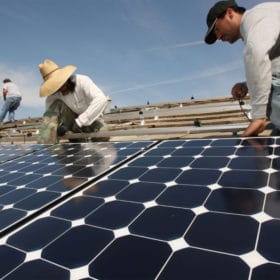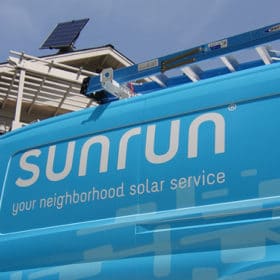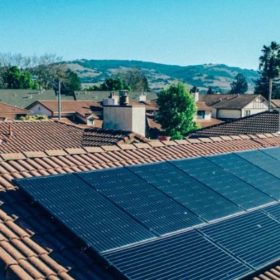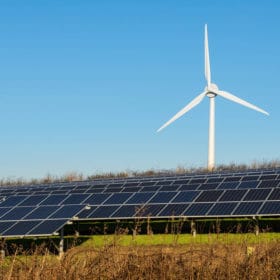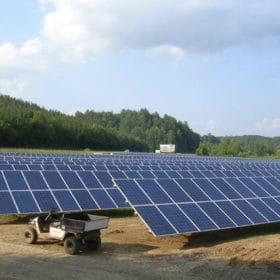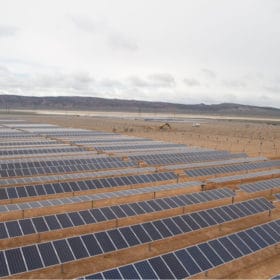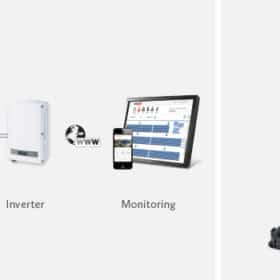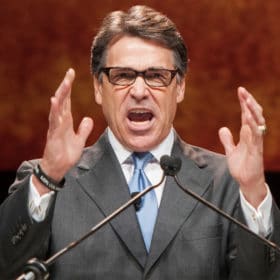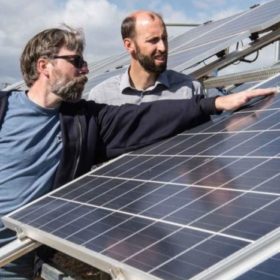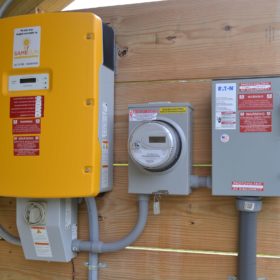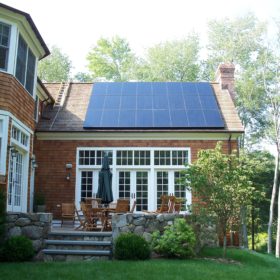REC claims most popular solar-panel brand status for U.S. residential market
The European solar-panel manufacturer shipped 166 MW of its modules in the third quarter to the United States, which could support its claim.
Sunrun begins offering solar and storage in California
The second-largest residential solar installer has expanded its solar-plus-storage offerings after a successful roll-out in Hawaii.
Lazard: Global solar PV, storage costs fall in 2016
The financial advisory finds that costs from solar are falling faster than other energy sources, and is additionally documenting steep falls in storage costs.
IEA: solar, wind need new policies to tackle variability concerns
New report by the International Energy Agency identifies the integration of masses of variable renewable energy as the chief challenge facing next-generation solar and wind power, citing policy support as key in maximizing potential.
North Carolina urged to re-evaluate state’s solar policy
Among the issues up for discussion are third-party solar integration, a re-evaluation of solar’s 80 percent property-tax exemption and a re-evaluation of the state’s RPS.
Utah PSC grants utility’s request to suspend solar rate-increase request
In response to intense public reaction, Rocky Mountain Power requested the suspension so it could continue negotiating with solar stakeholders to find a mutually agreeable solution.
Trump transition team appoints fossil fuel advocates, climate action opponents to DOE, EPA, Interior
The list of ideologues appointed reads like a who’s-who of Koch brothers-funded right-wing think tanks.
SolarEdge Adds GSM Cellular Kit & Smart Meter
SolarEdge Technologies has launched a GSM cellular kit and a smart meter, and is taking orders for both products.
DOE pushes back on Climate-Change ‘witch hunt’
In response to a questionnaire requesting the names of all employees involved with Climate-Change activities, an Energy Department spokesman flatly rejected the idea of giving any individual names to the president-elect’s transition team
Trump picks Perry to become Secretary of Energy
The man who once championed eliminating the Department of Energy (if he could remember its name) in 2011 will head the department if the Senate votes to confirm him
